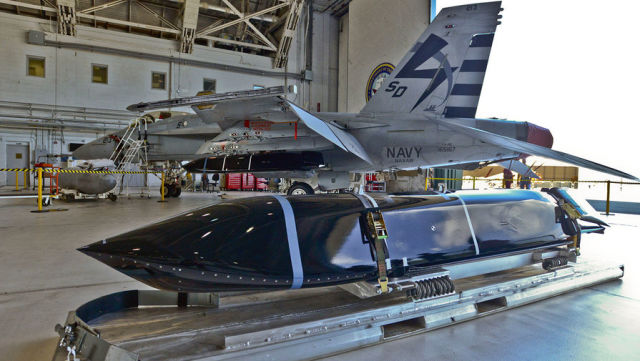Defense News: the US will test the " killer of the Black Sea Fleet of the Russian Federation»
The Pentagon will test the AGM-158C anti-ship missile, which in the United States is called the "killer of the Russian Black Sea Fleet". The missile has a range of about 950 km, is resistant to interference and is designed to detect targets using onboard sensors, without relying on guidance from a drone or a warship.
The US Navy is preparing to test the AGM-158C Long Range Anti-Ship Missile (LRASM) version 1.1 in real combat conditions, the Defense News publication cites the annual report of the Pentagon's Office of Operational Testing and Evaluation.
The document identifies "multiple hardware and software failures" of the first iteration of LRASM, and calls on the US Navy to conduct a thorough testing process for the new LRASM 1.1 to ensure that it "demonstrates the ability to perform tasks in realistic environmental conditions."
US Navy leaders have high hopes for LRASM.
The missile was tested on a Rockwell B-1 Lancer bomber in 2018 and on an F/A-18 Super Hornet fighter the following year. It was also tested during the Navy's Valiant Shield exercise last September, which involved the Japanese-based aircraft carrier Ronald Reagan and the amphibious assault ship America.
In June last year, The Drive reported on the development of US Air Force B-1B LRASM strikes on ships in the Black Sea region.
"These exercises show that the United States has an interest in the extent to which the capabilities of the LRASM missile will be adequate to unforeseen circumstances in Europe and the Black Sea. LRASM can become a particularly serious problem for the Russian Navy, and the Kremlin sees this, " the article said.
Then two B-1Bs from the 28th Bombardment Wing from the US Air Force Base Ellsworth in South Dakota "performed the tasks of long-range bombers" and worked out a number of techniques with various aircraft of "NATO allies and other European partners," the US military said in a commentary.
The maneuvers also involved Ukrainian Su-27 and MiG-29 fighters, and a Turkish KC-135R tanker.
The LRASM missile plays a critical role in ensuring the combat performance of the US Navy both in the open ocean and in the coastal zone due to its enhanced ability to distinguish targets from long distances, " said US Air Force Lieutenant Colonel Timothy Albrecht, an employee of the 603rd Air Operations Center and one of the developers of the B-1B flight plan over the Black Sea.
The Black Sea is likely to turn into a shooting range for anti-ship missile fire during a major armed conflict in the region, but the Russian Navy has certain advantages at the initial stage of military operations, primarily in terms of forces and means, according to American experts.
A single B-1B can carry 24 JASSM missiles and can probably be equipped with a similar load in the LRASM missile variant. In total, the Russian Black Sea Fleet has just over 50 surface ships and half a dozen submarines.
As noted in The Drive, relatively small forces of the B-1B can cause significant losses in the ship composition of the Russian fleet on the Black Sea.
The ability of B-1B strategic bombers to fly from air bases far beyond the Black Sea region to strike surface targets outside the strike zones of Russia's extremely strong and integrated air defense in the Black Sea region can be very valuable.
The ability to fly from the continental United States to perform these combat missions will also eliminate the need to use bases in Europe, which may be vulnerable to attacks by a likely enemy. The tactical and technical characteristics of the LRASM missile will also contribute to the successful implementation of the assigned combat tasks.
close
AGM-158C Long Range Anti-Ship Missile (LRASM)
AGM-158C Long Range Anti-Ship Missile (LRASM)
U.S Navy
Andrey Ermolov

